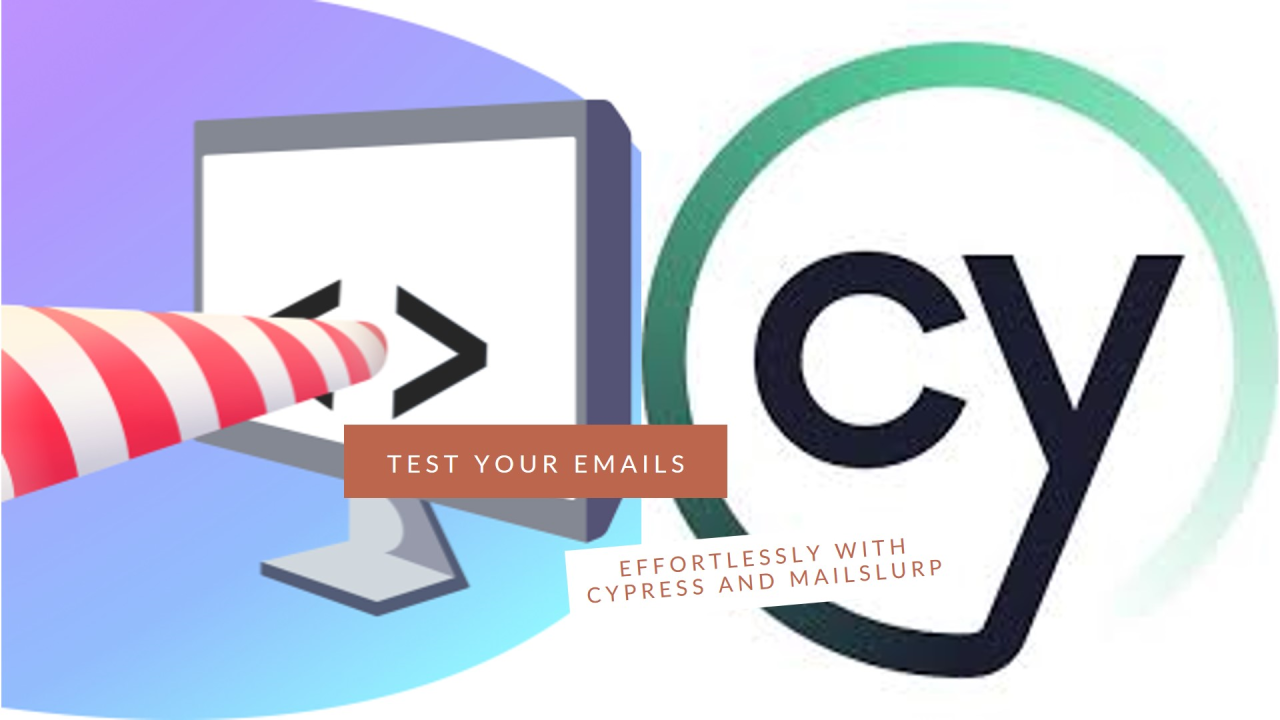
Effortless Email Testing with Cypress and MailSlurp: Boost Your Automation!
It's crucial to ensure that email features like consumer notifications, alerts, user sign-ups and password resets function correctly in web application development. Email testing validates that emails contain the correct information and links, which is crucial for user experience and system reliability.
In this article I'm introducing MailSlurp and Cypress. With MailSlurp, you can create disposable email accounts on demand, integrating them seamlessly with Cypress for powerful end-to-end email testing. Let's dive into how you can set this up to enhance your testing workflow.
Automated email testing provides numerous benefits:
Ensures precise and consistent email content.
Speeds up the verification process by automating repetitive tasks.
Detects issues promptly, reducing the risk of errors in production.
Builds user confidence by ensuring seamless communication.
Getting Started with Cypress and MailSlurp
Step 1: Set Up Your Project
Firstly, ensure you have Node.js installed. Create a new Cypress project and navigate to the project directory.
Seamless Cypress Installation Guide | Cypress Documentation
Step 2: Install Cypress and MailSlurp
Install the packages needed for Cypress and MailSlurp:

Step 3: Configure Cypress
Create a cypress.config.js file to set up Cypress configurations:
Note: In this step, we configure various timeouts and viewport settings which are important for end-to-end testing. During automated testing, emails can take variable time to be received. By specifying defaultCommandTimeout and requestTimeout, we make sure Cypress waits long enough for these emails to arrive, maintaining the reliability of our tests.

Step 4: Create Custom Commands for MailSlurp
Next, add custom commands for creating and checking MailSlurp inboxes in cypress/support/commands.js and import these commands in cypress/support/e2e.js:

Getting Your MailSlurp API Key:
Sign Up: Go to the MailSlurp website and sign up for a free account.
API Key Generation: Once logged in, navigate to the API access within your dashboard.
Copy Key: Copy the generated API key securely and use it in your project.

Import commands in e2e.js:

Step 5: Write the Cypress Test
Create the test script to automate email verification in cypress/e2e/email-test.js:
Here I have used a dummy API to trigger an email.

Step 6: Running the Tests
Execute the test: npx cypress open
Once Cypress opens, select and run the email-test.js test.
Conclusion
Automating email testing with Cypress and MailSlurp offers significant advantages, especially for notification emails. This approach ensures that your email functionalities, such as notifications for events, reminders, and updates, are reliable and error-free. By integrating these tools into your workflow, you can provide a seamless and professional user experience, ensuring that your consumers are always informed with precise and timely emails.
References:
YouTube. (n.d.). How to open emails in Cypress JS! (Newsletter sign-up QA testing tutorial). https://www.youtube.com/watch?v=Rh2FLPfZ1NA
MailSlurp. (n.d.). https://app.mailslurp.com/dashboard
Testing Frameworks for Javascript | Write, Run, Debug | Cypress
Staff Quality Assurance Engineer @ KUBRA | Engineer in Computer Science | Cypress Independent Contributor | Blogger | Accessibility | Maps Enthusiastic | Plugin-ator 🕶️
1wThis is really cool Joel Thomas! Are you using this approach in our projects?